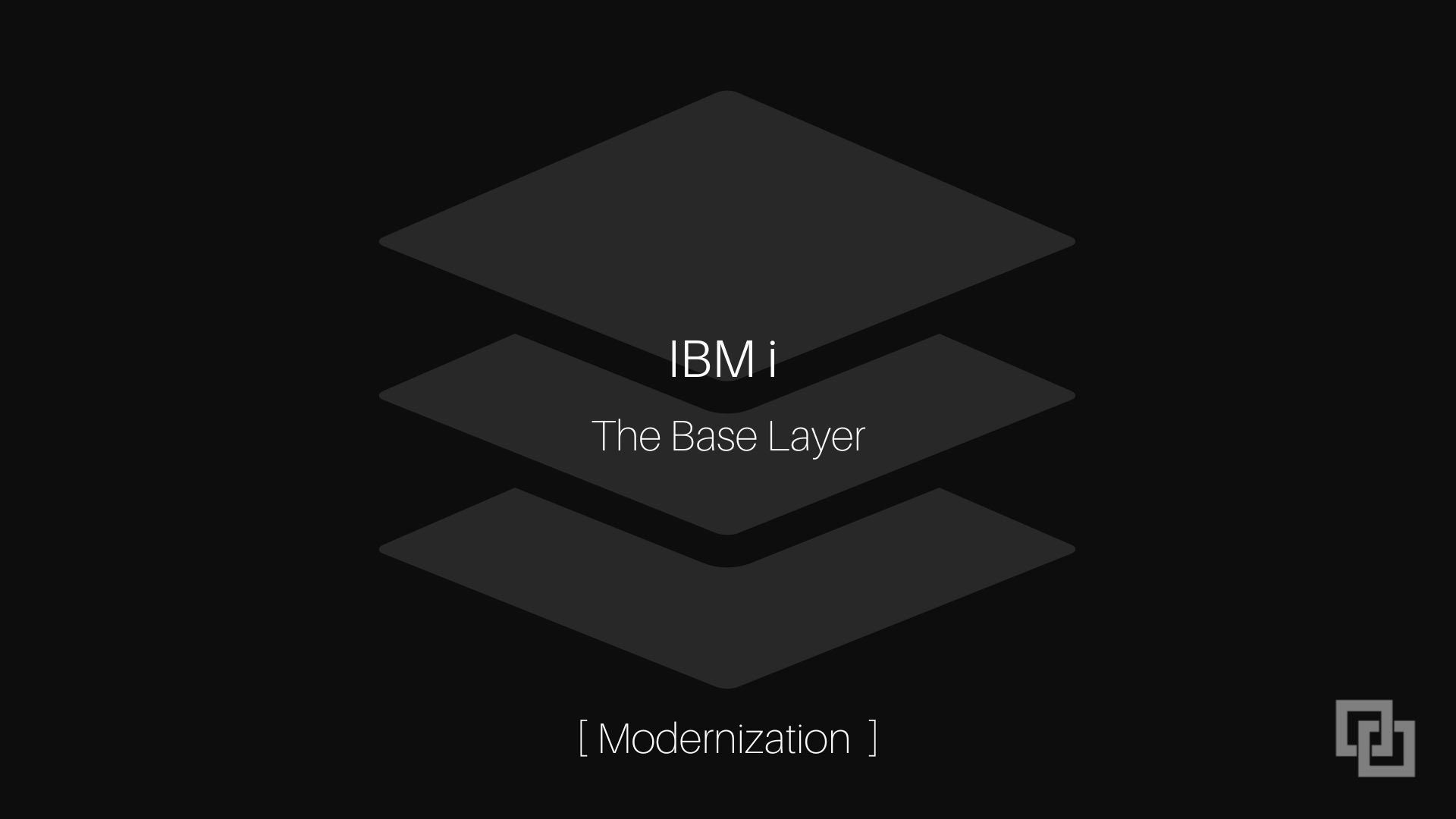The Value of Base Layer Technologies
Base-layer technologies are foundational components that establish the fundamental infrastructure for higher-level systems and applications.
They provide the underlying protocols, functionalities, and standards that enable interoperability, security, scalability, and performance, making them essential for building reliable and innovative solutions in various domains.
Here are a couple of examples that we are all familiar with.
Internet Protocol (IP): IP serves as the base-layer protocol of the internet, enabling data packets to be routed across networks. On top of IP, various applications, such as web browsing, email, and file sharing, have been built.
Transmission Control Protocol (TCP): TCP is a reliable transport protocol that ensures data integrity and ordered delivery. It forms the base layer for numerous applications, including web browsing, email transfer (SMTP), and file transfer (FTP).
Hypertext Transfer Protocol (HTTP): HTTP is an application layer protocol built on top of TCP/IP that facilitates the transfer of hypertext resources, such as web pages. It serves as the foundation for web browsing and accessing websites.
Without any of the three of the above the internet and the world we have come accustomed to today, would not exist. They all rely on each other. You can’t have one without the other.
The same holds true for Power Systems, the IBM i and Db2.
Power Systems, IBM i, and Db2 form the base layer of an amazing platform. It is an interconnected ecosystem where each component relies on the others. Collectively, they are a unified base layer that enables functionality and drives the system as a whole.
Unveiling the Base Layer: IBM i, Power Systems, and Db2
“What makes IBM i so amazing is that it is very similar in concept to hyper-converged hardware but in software. What I mean is that it is a fully tested and integrated platform that is designed to function as a packaged whole.”
Understanding IBM i Base Layer
Hardware Foundation: Power Systems, IBM’s server hardware platform, serves as the underlying hardware foundation for the IBM i platform. Power Systems are designed to deliver high-performance computing, scalability, and reliability, which are crucial for supporting enterprise-level applications and workloads.
Operating System: IBM i, the operating system specifically developed for the IBM Power Systems platform, is tightly integrated with the hardware. It provides a robust and secure environment for running applications and managing system resources. IBM i offers features like job management, security, database integration, and file system management, all of which are fundamental for supporting higher-level applications.
Database Management: Db2, the database management system (DBMS) utilized by IBM i, is an integral part of the base layer. Db2 provides a reliable and efficient data storage and retrieval mechanism, enabling applications to store, access, and manipulate data. The tight integration between Db2 and IBM i allows seamless interaction between the operating system and the database, facilitating optimal performance and data integrity.
The IBM i Platform is an Amazing platform.
With many in the IBM i community retiring, there is a new wave of leadership stepping into IBM i shops.
So for many reading this, this platform is new, and for those who are familiar with the platform, they “might not even fully understand what it is capable of.”
The Main Pillars the IBM i platform.
Interoperability and Integration: Power Systems, IBM i, and Db2 collectively provide a highly integrated and interoperable environment. IBM i offers a comprehensive set of APIs, programming languages (such as RPG and COBOL), and development tools that enable seamless integration with other IBM technologies, third-party systems and the plethora of open-source programming languages now available on the platform. This interoperability enhances the platform’s value as a base layer, allowing organizations to build complex applications that leverage existing IT investments.
Security and Reliability: IBM i, known for its robust security features, incorporates built-in mechanisms for data protection, user access control, and auditing. The combination of Power Systems’ hardware reliability and IBM i’s security features ensures the platform’s resilience against cyber threats and data breaches. Db2 also contributes to the platform’s security by offering advanced encryption capabilities and access control mechanisms.
Scalability and Performance: Power Systems, with its advanced hardware architecture, provides scalability and performance capabilities that are essential for enterprise-level applications. IBM i leverages these capabilities by optimizing system resources and enabling workload management, ensuring that applications can handle growing demands efficiently. Db2’s performance optimization features, such as indexing, caching, and query optimization, further contribute to the base layer’s ability to deliver high-performance data processing.
Summary
The interoperability and integration capabilities, the security and reliability, along with the scalability and performance, make the IBM i an invaluable platform that is used across all sectors of the economy, across all industries.
It’s the base layer, that is the perfect foundation for modernization, innovation and digital transformation.
